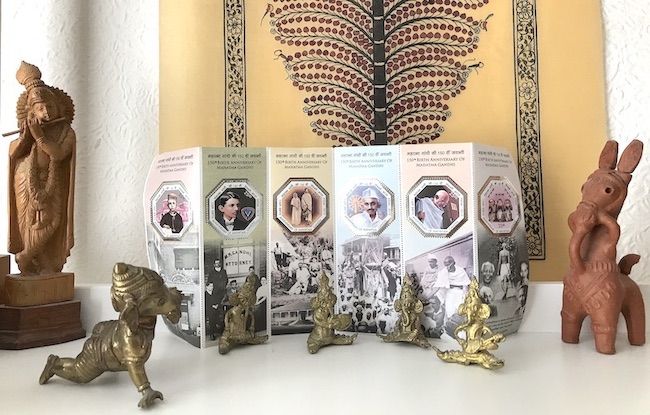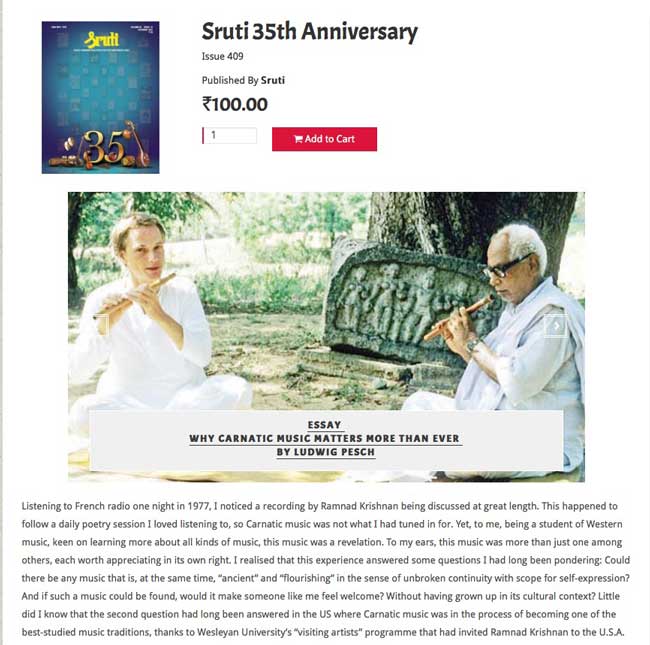One of the earliest attempts to make the British appreciate Carnatic music was initiated by Gayan Samaj.
Had the Madras Jubilee Gayan Samaj been around, it would have been 125 this year, though it began at least four years earlier under a different name. That certainly makes it the mother of all Sabhas that have been documented in the 373 years of Chennai.
The Samaj came into existence at a time when the British were taking an active if short-lived interest in Indian music. Books were being written, some of the early works being ‘Hindu Music’ by Captain N.A. Willard, ‘Musical Modes of the Hindus’ by Sir William Jones, ‘Sangeet’ by Francis Gladwin and ‘Oriental Music’ by W.C. Stafford. The absence of any form of documentation and the native methods of notation proved to be a major deterrent. The educated Indians began to seriously work on reducing Indian music to the Western form of notation often referred to as Staff Notation. It was their view that getting their music written in the Western format would encourage the English to appreciate the art form. Among the earliest such attempts were made by the Poona Gayan Samaj, one of the early organised bodies to sponsor music performances. […]
The Samaj also reduced some of its songs to Staff Notation and had the Madras Philharmonic Orchestra render them for Europeans on yet another occasion. In addition, it had Tennyson’s Ode to Queen Victoria translated into Sanskrit, set to music and performed for the benefit of an invited audience. […]
The Samaj came into existence at a time when the British were taking an active if short-lived interest in Indian music.
Source: “The first Sabha of Madras”, The Hindu, 21 September 2012
Address : https://www.thehindu.com/todays-paper/tp-features/tp-fridayreview/article3920039.ece
Date Visited: 22 September 2012
[Bold typeface added above for emphasis]
Up-to-date press coverage of person and topics
Periodicals and sites included | More resources | Disclaimer >>

Photo © Ludwig Pesch

